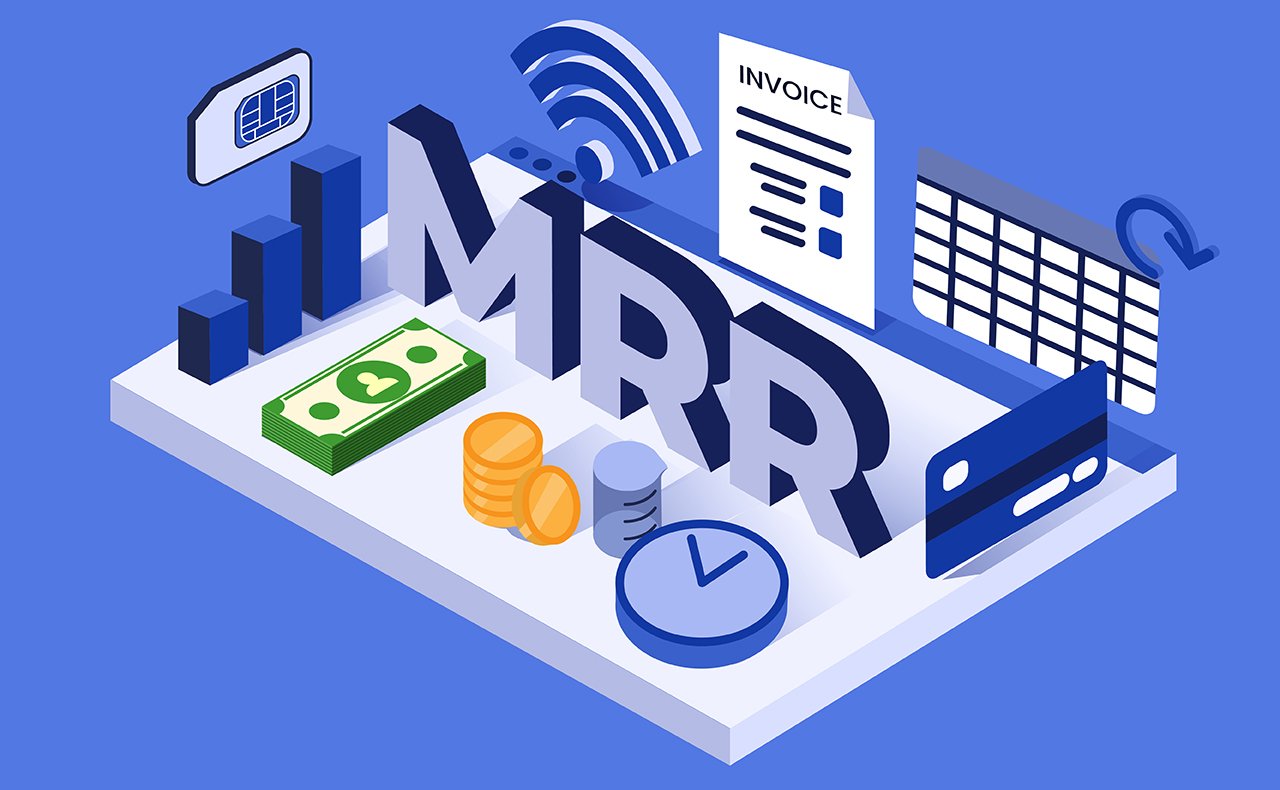
- December 2025 (1)
- November 2025 (2)
- October 2025 (3)
- September 2025 (3)
- August 2025 (3)
- July 2025 (2)
- June 2025 (3)
- May 2025 (3)
- April 2025 (3)
- March 2025 (2)
- February 2025 (1)
- December 2024 (2)
- November 2024 (1)
- August 2024 (2)
- June 2024 (3)
- May 2024 (3)
- April 2024 (1)
- March 2024 (3)
- February 2024 (2)
- January 2024 (2)
- December 2023 (1)
- November 2023 (2)
- October 2023 (2)
- September 2023 (1)
- August 2023 (1)
- July 2023 (2)
- June 2023 (3)
- May 2023 (2)
- March 2023 (4)
- January 2023 (2)
- November 2022 (2)
- September 2022 (1)
- August 2022 (2)
- July 2022 (2)
- June 2022 (1)
- May 2022 (1)
- April 2022 (3)
- March 2022 (1)
- February 2022 (3)
- January 2022 (2)
- December 2021 (1)
- November 2021 (1)
- October 2021 (2)
- September 2021 (3)
- August 2021 (1)
- July 2021 (3)
- May 2021 (2)
- April 2021 (2)
- March 2021 (2)
- February 2021 (3)
- January 2021 (3)
- December 2020 (1)
- October 2020 (1)
- August 2020 (1)
- August 2019 (1)
- January 2019 (2)
- September 2018 (5)
- June 2018 (1)
- November 2017 (1)
- September 2017 (1)
- July 2017 (1)
- May 2017 (1)
- January 2017 (1)
- October 2016 (2)
- August 2016 (1)
- July 2016 (1)
- June 2016 (1)
Subscribe by email
The Internet of Things (IoT) is rapidly expanding with opportunities for new connected devices. However, the ongoing connectivity and hardware costs associated with IoT devices can pose a significant challenge for OEMs trying to monetize their products. Adopting a recurring billing model can effectively offset these costs and ensure a consistent revenue source. Monthly recurring revenue (MRR) is a crucial metric in monitoring the success of a recurring billing model. It offers valuable insights into the sustainable growth and long-term viability of IoT businesses.
In this post, we’ll explain how calculating MRR from subscriptions can help you scale your IoT business, nurture customer relationships, and facilitate strategic decision-making. We’ll also share how Zipit can assist you in monetizing your IoT product to start earning a steady stream of recurring revenue.
What is monthly recurring revenue (MRR)?
Monthly recurring revenue (MRR) is a critical metric that reflects the predictable and ongoing monthly income generated by active subscriptions. It’s a vital metric in helping businesses forecast revenue and analyze the value and success of their products and subscription plans. MRR focuses exclusively on revenue from recurring sources and excludes one-time charges.
In general, recurring revenue encompasses consistent income from various sources within any business. But MRR is primarily used in the context of subscription billing. Customers activate or deactivate and upgrade or downgrade subscriptions, so regularly monitoring MRR ensures steady growth regardless of the fluctuation in subscribers. With insights on subscriber behavior and data consumption through a robust billing platform, you can use MRR to strategically upsell, cross-sell, fine-tune pricing tiers, and offer targeted discounts.
Learn more: How to Sell a Subscription for an IoT Product
How to calculate MRR
To calculate MRR, you need to know your total number of monthly subscribers and the average revenue per user (ARPU). You then multiply the two numbers together to calculate MRR.
MRR formula: ARPU X Number of monthly subscribers = MRR
Here’s an example of how you would calculate MRR for an IoT application:
As a manufacturer of security and access control solutions, including gates for businesses and connected cameras for residential use. You have 5,000 business customers and 100,000 residential customers.
- Your access control gates sell for $1000 with a $20/monthly subscription after the initial sale
- And your connected camera sells for $200 with a $10 monthly subscription.
(Assume cellular connectivity costs aren't variable month-to-month because you’re using a management platform to cap data usage at 100MB.)
In the case of both products, the initial product sale would count toward your total revenue but would not count toward your MRR. You would calculate the MRR for the gates and cameras as follows.
- 5000 business customers X $20 per month = $100,000 in MRR
- 100,000 residential customers X $10 per month = $1,000,000 in MRR
Across all customers, you earn $1.1M in MRR.
Keep in mind that IoT Solutions are unique from traditional SaaS because cellular data usage and cloud storage are commonly part of the product offering, and these costs can be variable month-to-month, depending on the application, your customers, or other business conditions. This makes it even more crucial for your subscription billing platform to support fixed subscriptions as well as usage-based pricing, also known as consumption-based pricing.
Types of MRR
1. New and Net New MRR
Both New and Net New MRR indicate the success of your customer acquisition and how much revenue you’ve gained or lost. New MRR refers to additional recurring revenue from new subscribers acquired within the monthly period. Growth in new MRR can mean your efforts to attract new customers are paying off.
Net New MRR is the increase in MRR that also accounts for revenue lost from subscriber churn or downgrades, providing a more accurate picture of the overall growth in recurring revenue. It’s the net increase in MRR after new revenue (Expansion MRR) has been added and lost revenue (Churned MRR) subtracted.
Net New MRR formula: New MRR + Expansion MRR – Churned MRR = Net New MRR
2. Expansion MRR
Expansion MRR is revenue gained from existing customers who upgrade or expand their subscriptions with higher-tier data plans or more features. A higher Expansion MRR indicates successful upselling or cross-selling and marketing efforts encouraging customers to upgrade. It highlights customer satisfaction and the value they see in your offerings.
Expansion MRR formula: Expansion MRR = Total MRR after upgrades – Total MRR before upgrades
3. Upgrade MRR
Upgrade MRR is the increase in recurring revenue from existing customers who upgrade their subscriptions to a higher-priced plan or tier. It can indicate successful upselling strategies and attractive higher-priced plans or additional features. It also signifies customer willingness to invest more in your product or service.
4. Downgrade MRR
Downgrade MRR is the decrease in revenue when customers choose a lower-priced plan or tier. It may suggest that your customers don’t find enough value in higher-priced plans, or it could mean that their needs have changed.
5. Contraction MRR
Contraction MRR is the reduction in recurring revenue resulting from existing customers who downgrade plans or usage levels or cancel their subscriptions. It helps identify possible customer pain points or areas where they perceive less value in your offerings.
6. Churn MRR
Churn MRR is the total monthly revenue lost when customers cancel their subscriptions. It can show the rate at which customers are churning and reflect customer dissatisfaction or competitive pressure.
Learn more: What is Subscriber Churn and How to Measure It
7. Reactivation MRR
Reactivation MRR is recurring revenue regained from customers who previously canceled their subscriptions but decided to reactive their accounts. It signals the success of your efforts in winning back previously churned customers, suggesting that you have addressed their concerns or improved your product or services.
Challenges of calculating recurring revenue monthly for IoT use cases
Calculating recurring revenue monthly may not always be the most suitable timeframe for IoT use cases. Measuring month-to-month could be too short-sighted for certain scenarios. IoT subscriptions may be required to start with 6-month or 1-year billing periods before transitioning to a monthly basis due to cellular contractual agreements, hardware amortization requirements, or other financial considerations that differ from traditional SaaS or mobile app subscription models.
Additionally, specific markets may require longer subscription cycles to align with their unique needs. For instance, our customer HeatSiecker serves the dairy farming sector, providing solutions for monitoring cow breeding gestational periods. HeatSiecker's market is best suited for seasonal billing rotations, so they offer subscription packages in 4-month increments.
Another example is Hunter Industries, a Zipit partner that offers irrigation IoT solutions. Their customers' water usage patterns vary significantly based on regional weather and climate zones. Hunter Industries must factor these variables into their subscription business models to accommodate subscribers who use less water during certain seasons and those who require consistent usage throughout the year.
Both HeatSiecker and Hunter Industries required a flexible subscription billing platform capable of handling variable usage and addressing the unique complexities of their IoT solutions. With the Zipit billing platform, they were able to implement subscription offerings tailored to their business and customers, while accurately measuring recurring revenue based on their specific usage cycles.
Learn more: Top Challenges and Solutions of IoT Billing
Benefits of MRR for IoT
Predictable revenue
A predictable stream of revenue allows your IoT businesses to forecast and plan finances more effectively. This stability helps you manage ongoing operations, including hardware maintenance, connectivity costs, and firmware updates.
Subsidizing hardware costs
IoT products often have high up-front manufacturing and infrastructure costs. By adopting a recurring billing model, IoT businesses can offset the costs associated with developing, manufacturing, and maintaining IoT hardware devices.
It may benefit your business to charge customers an upfront fee for the first 6 months or a year of purchasing to help cover hardware costs. After that time, customers can switch to monthly recurring charges. Scaling this strategy requires a billing platform capable of providing automatic subscription plan conversions, like Zipit’s subscription billing platform.
Monetizing connectivity
MRR enables you to bundle cellular and cloud connectivity with your product through subscription-based plans that provide ongoing access to the network. Because both types of connectivity are recurring costs for IoT providers, it’s essential to implement business models that generate MRR.
Monetizing firmware and feature updates
You can monetize feature and performance updates and ongoing maintenance support by including them in subscription fees. Updates to improve IoT devices increase customer satisfaction, which positively impacts MRR.
Scalability
Scaling your IoT services requires additional investments in infrastructure, cloud services, and backend systems. With a recurring revenue stream, your IoT business can confidently invest in scaling operations, expanding product offerings, or entering new markets.
Data analytics and customer insights
MRR generates data on customer behavior, usage patterns, and preferences. By analyzing this data, IoT businesses can gain valuable insights to optimize their products, tailor their offerings, and provide a more personalized and relevant experience to customers. Subscription-based business models can provide greater insight into customer usage. High usage from customers may help your company justify expanding investment into bigger and better service offerings.
Long-term customer relationships
MRR fosters long-term relationships with customers as they commit to ongoing subscriptions. This provides opportunities for customer engagement, loyalty programs, and upselling or cross-selling additional products or services.
Personalization based on customer preferences
Understanding customer preferences and usage patterns through MRR data allows you to customize plans and deliver targeted recommendations to enhance customer satisfaction. Based on usage data, you can provide customers exactly what they need, when they need it.
Learn more: How a Billing Solution Can Grow Your Business
What not to do when calculating MRR
1. Overlook different types of MRR
Overlooking different types of MRR can lead to an inaccurate or at least an incomplete understanding of revenue sources. Considering different types of MRR helps you better identify areas for improvement and make more informed decisions.
2. Exclude discounts
Discounts directly impact the revenue received from customers and should be factored into MRR calculations to provide an accurate representation of monthly revenue. If some subscribers received a 25% discount for one month, then you earned 25% less in recurring revenue from them.
3. Fail to normalize non-monthly billing intervals
IoT businesses may have semi-annual or annual billing intervals. Normalizing these non-monthly billing intervals when calculating MRR provides consistent comparisons and accurate tracking of recurring revenue. These calculations are complex, especially since customers have different subscription start dates, so it’s important to use a billing platform that normalizes billing intervals automatically.
4. Include one-time purchases
One-time purchases don’t count as recurring revenue and should be excluded from MRR calculations. Including one-time purchases would inaccurately inflate the MRR totals.
How to increase MRR
- Make upsells and upgrades easy. By providing seamless and straightforward options for upselling and upgrading, businesses can encourage customers to opt for higher-priced plans or additional features. A powerful billing platform should enable you to offer different pricing tiers and instant upgrades through a user-friendly customer payment portal.
- Provide excellent customer experience and service. Satisfied customers are more likely to maintain their subscriptions over the long term, contributing to continued growth in MRR by reducing subscriber churn.
- Keep your product’s value top-of-mind. Continuously reminding customers about your product’s value and benefits reinforces the perceived value. When customers see the lasting value in your offering, they’ll be inclined to continue their subscriptions.
- Offer your product and subscription as one solution. Bundling your product and the subscription allows businesses to generate higher MRR by offering a compelling package that combines the product with the ongoing subscription.
- Increase your product’s value over time. By consistently enhancing and adding value to the product or service, you can justify increasing subscription prices. Customers should recognize the improved value.
- Offer discounts and run promotions. Discounts and promotions can incentivize customers to subscribe or upgrade their plans. Limited-time offers can create a sense of urgency, potentially driving higher MRR through increased subscription sign-ups or plan upgrades. (But don’t forget to account for discounts when calculating MRR.)
Learn more: Your Guide to Recurring Revenue with Cellular IoTaaS
How Zipit’s billing platform helps IoT providers generate MRR
For over a decade, we’ve assisted OEMs in transforming IoT products into a reliable source of recurring revenue through our robust billing platform and ongoing guidance in IoT subscription billing.
Bushnell is one Zipit customer successfully leveraging our billing platform for monthly recurring revenue, Bushnell offers its trail camera customers access to wildlife photos through subscription packages. By implementing a subscription billing model, Bushnell saw their average profit per camera increase by threefold.
The Zipit billing platform also enables BrightSign, a connectivity provider for digital signage, to offer subscription plans that start as a 6-month minimum term before shifting to a month-to-month cycle. Our platform automatically makes this pricing conversion and allows BrightSign to effectively meet the varying connectivity needs of their customers.
Using the Zipit billing platform to generate monthly recurring revenue gives your business the advantage of
- Flexible subscription options and bundled services,
- Billing and cellular plan management in one place,
- And a customizable customer portal to match your product and business.
Learn more about how we can help you with recurring billing, or contact us to demo our billing platform.
You may also like:
Related Content
The latest IoT insights and platform updates from Zipit.
The Internet of Things (IoT) is transforming how businesses operate, compete, and ...
Whether you're managing thousands of IoT devices, providing cloud-based APIs, or d...
Consumer IoT embeds smart connectivity and automation into familiar products. From...



